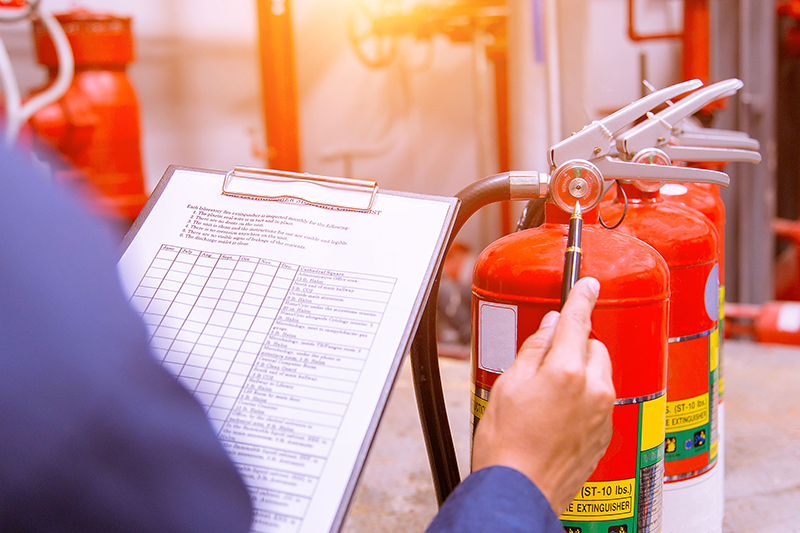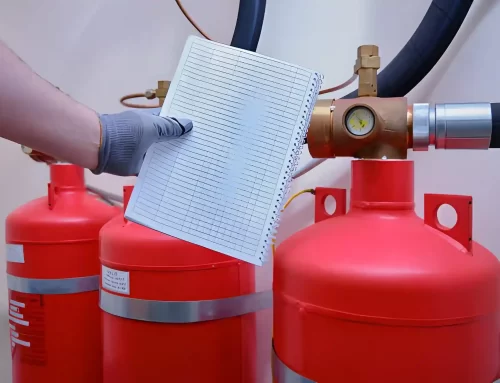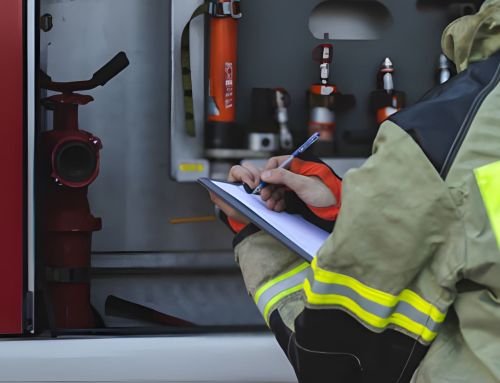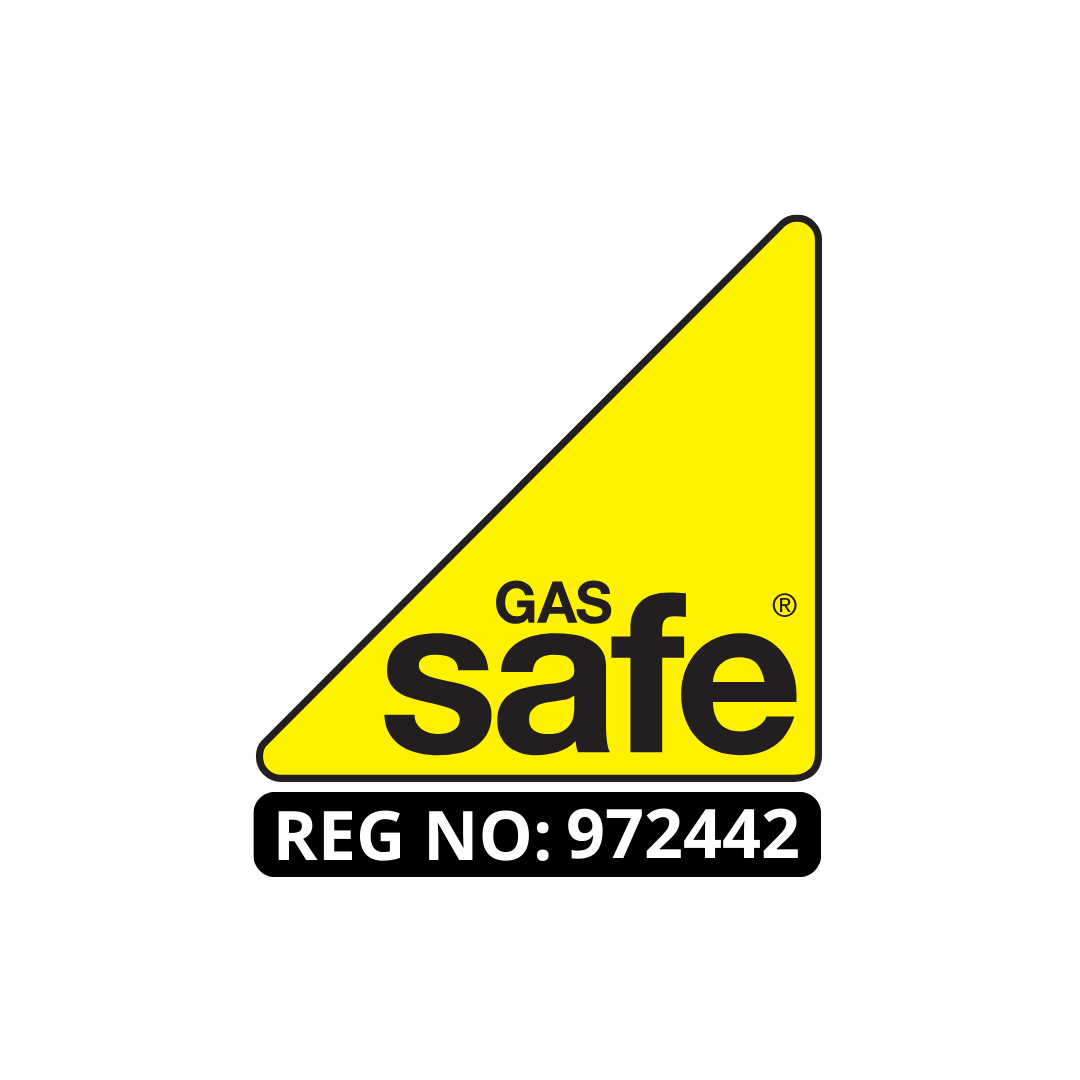
The fire risk assessment legal requirement is an essential aspect of health and safety regulations for UK businesses and landlords. It mandates a systematic evaluation of premises to determine fire risks and assess associated risks. Understanding these legal obligations and their implications is significant. Failure to comply can lead to severe consequences. As the landscape of fire safety continues to evolve, exploring the intricacies of these requirements becomes imperative for ensuring both compliance and safety.
Main Points
- Fire risk assessments are legally mandated for non-domestic premises under the Regulatory Reform (Fire Safety) Order 2005, ensuring safety for occupants.
- Landlords and businesses must conduct regular fire risk assessments, recognise dangers and implement safety measures to comply with legal requirements.
- Training staff in fire safety protocols is essential, and documentation of findings provides evidence of compliance with fire safety regulations.
- Regular reviews of fire risk assessments are necessary to adapt to changes in workplace conditions, with annual reviews required by law.
- Non-compliance can lead to severe legal repercussions, including fines, imprisonment, and significant financial losses from property damage and increased insurance costs.
What Does the Fire Risk Assessment Legal Requirement Actually Mean?
Although the legal requirements for fire risk evaluations may seem intimidating, they are essential for ensuring the safety of occupants in UK businesses.
These evaluations serve as a systematic examination of fire threats, discovering risks and implementing necessary precautions. Business owners are legally obligated to conduct these evaluations, which must be documented and regularly reviewed to reflect any changes in the workplace.
The process involves spotting ignition sources, determining the likelihood of a fire occurring, and evaluating the effectiveness of existing fire safety measures.
Ultimately, the fire risk evaluation aims to protect lives and property, ensuring compliance with safety regulations and developing proactive risk management within the business environment.
UK Fire Safety Laws That Shape the Fire Risk Assessment Legal Requirement
UK fire safety laws play an essential role in shaping the legal requirements for fire risk assessments within businesses. The Regulatory Reform (Fire Safety) Order 2005 is a cornerstone of these regulations, establishing the necessity for a thorough assessment of fire risks in non-domestic premises.
This legislation mandates that responsible persons identify potential fire hazards, evaluate risks, and take necessary precautions to protect occupants. Additionally, the Fire Safety Act 2021 further clarifies the responsibilities of landlords and businesses, ensuring that fire safety measures are adequately implemented.
Compliance with these laws not only promotes safety but also protects businesses from legal repercussions. Understanding these regulations is vital for organisations aiming to create a safe environment for employees and visitors alike.

Responsibilities Under the Fire Risk Assessment Legal Requirement
To guarantee compliance with fire safety regulations, businesses must clearly understand their responsibilities under the fire risk assessment legal requirement.
Primarily, they must conduct a thorough fire risk assessment regularly, identifying potential fire hazards and evaluating the risks associated with them. This assessment should consider the premises, activities, and the people affected, including employees and visitors.
Additionally, businesses are responsible for implementing appropriate fire safety measures to mitigate identified risks, ensuring that staff are trained in fire safety protocols.
Documentation of the assessment findings and actions taken is essential, as it serves as evidence of compliance.
Ultimately, businesses must review and update the fire risk assessment periodically or whenever significant changes occur, maintaining a proactive approach to fire safety.
Practical Steps to Satisfy the Fire Risk Assessment Legal Requirement
When businesses undertake the fire risk assessment legal requirement, they should start by conducting a thorough evaluation of their premises. This evaluation should identify potential fire hazards, assess the risk of fire spreading, and consider the adequacy of existing safety measures. Engaging qualified personnel to conduct the assessment can guarantee compliance and thoroughness.
A detailed action plan should then be developed to address identified risks. Regular training for employees on fire safety procedures is also essential.
| Step | Description |
|---|---|
| Identify Hazards | Evaluate the premises for potential risks |
| Assess the Risks | Determine the likelihood and impact of hazards. |
| Implement Controls | Develop safety measures and training programs. |
Why the Fire Risk Assessment Legal Requirement Should Never Be Ignored
Ignoring the fire risk assessment legal requirement poses significant dangers for businesses. Failing to conduct a thorough assessment can result in hazardous environments, putting employees, customers, and property at risk.
Legal repercussions may arise from non-compliance, including hefty fines and potential imprisonment for responsible individuals. Additionally, in the event of a fire, inadequate preparation can lead to devastating losses, both financially and regarding human life.
Businesses that overlook these obligations also risk damaging their reputations, as public trust is essential for success. Ultimately, prioritising fire risk assessments is not merely a legal formality but a fundamental aspect of ensuring safety and operational continuity.
Businesses must recognise that compliance safeguards their most valuable assets: people and property.
Ensuring Full Compliance With the Fire Risk Assessment Legal Requirement
Although the fire risk assessment legal requirement may seem intimidating, ensuring full compliance is essential for UK businesses. To achieve this, organisations must first appoint a responsible person to oversee the assessment process. This individual should possess adequate knowledge of fire safety regulations and be trained in risk assessment techniques.
Regular reviews of the risk assessment are vital, particularly after any significant changes to the premises or operations. Additionally, businesses should document their findings and communicate them effectively to all employees. Implementing recommended safety measures, such as fire alarms and extinguishers, further solidifies compliance.
Engaging with fire safety professionals can provide valuable insights and guidance, ensuring that all legal obligations are met and fostering a culture of safety within the organisation.
Benefits of Following the Fire Risk Assessment Legal Requirement
Following the fire risk assessment legal requirement not only guarantees compliance but also greatly enhances the overall safety of a business environment. By systematically identifying potential fire hazards, businesses can implement preventive measures that protect employees, customers, and property. Additionally, adhering to these regulations fosters a culture of safety, boosting employee morale and trust.
| Benefits | Description |
|---|---|
| Enhanced Safety | Reduces the risk of fire incidents and injuries. |
| Legal Compliance | Avoids penalties and legal repercussions. |
| Insurance Benefits | May lower insurance premiums through reduced risk. |
Professional Support for the Fire Risk Assessment Legal Requirement
Engaging professional support for fire risk assessments greatly enhances a business’s ability to comply with legal requirements while ensuring ideal safety measures are in place.
Professionals in this field possess the expertise to identify potential fire hazards and evaluate existing safety protocols. They conduct thorough assessments that not only meet legal standards but also reflect best practices in fire safety.
Additionally, these experts can provide tailored recommendations, ensuring that businesses implement effective preventive measures. By relying on professional services, businesses can navigate complex regulations confidently, reducing the risk of non-compliance.
Ultimately, investing in professional fire risk assessment support fosters a safer environment for employees and customers alike, promoting overall operational resilience.

The Cost of Ignoring the Fire Risk Assessment Legal Requirement
Neglecting the legal requirement for fire risk assessments can lead to severe consequences for businesses, both financially and reputationally.
The ramifications of ignoring this vital obligation can be significant, including:
- Fines and Legal Penalties: Non-compliance can result in substantial fines imposed by regulatory bodies.
- Increased Insurance Premiums: Insurers may raise premiums or deny coverage due to unsafe practices.
- Property Damage Costs: A fire incident can cause extensive damage, leading to costly repairs and replacements.
- Loss of Business: Disruptions from fire incidents can result in lost revenue and customer trust.
- Legal Liability: Businesses may face lawsuits from employees or clients for failing to guarantee safety.
Reviewing and Updating Your Fire Risk Assessment Legal Requirement Compliance
Businesses must recognise that fire risk assessments are not a one-time obligation but require ongoing attention and updates to remain compliant with legal standards.
Regular reviews are essential, particularly when changes occur in the workplace, such as alterations in layout, usage, or personnel. The Regulatory Reform (Fire Safety) Order 2005 mandates that assessments be reviewed at least annually or sooner if significant changes arise.
This proactive approach helps identify new hazards and guarantees that fire safety measures remain effective. Engaging qualified professionals for these updates can provide invaluable insights.
Ultimately, maintaining compliance not only fulfils legal responsibilities but also enhances the safety of employees and customers alike, fostering a culture of fire awareness and preparedness.
Conclusion
In summary, adhering to the fire risk assessment legal requirement is crucial for UK businesses and landlords to guarantee safety and compliance. By understanding the laws, responsibilities, and practical steps involved, organisations can create a proactive fire safety culture that protects lives and property. Ignoring these requirements not only poses serious risks but may also lead to legal repercussions. Regular reviews and professional support are essential for maintaining compliance and safeguarding against potential hazards.













